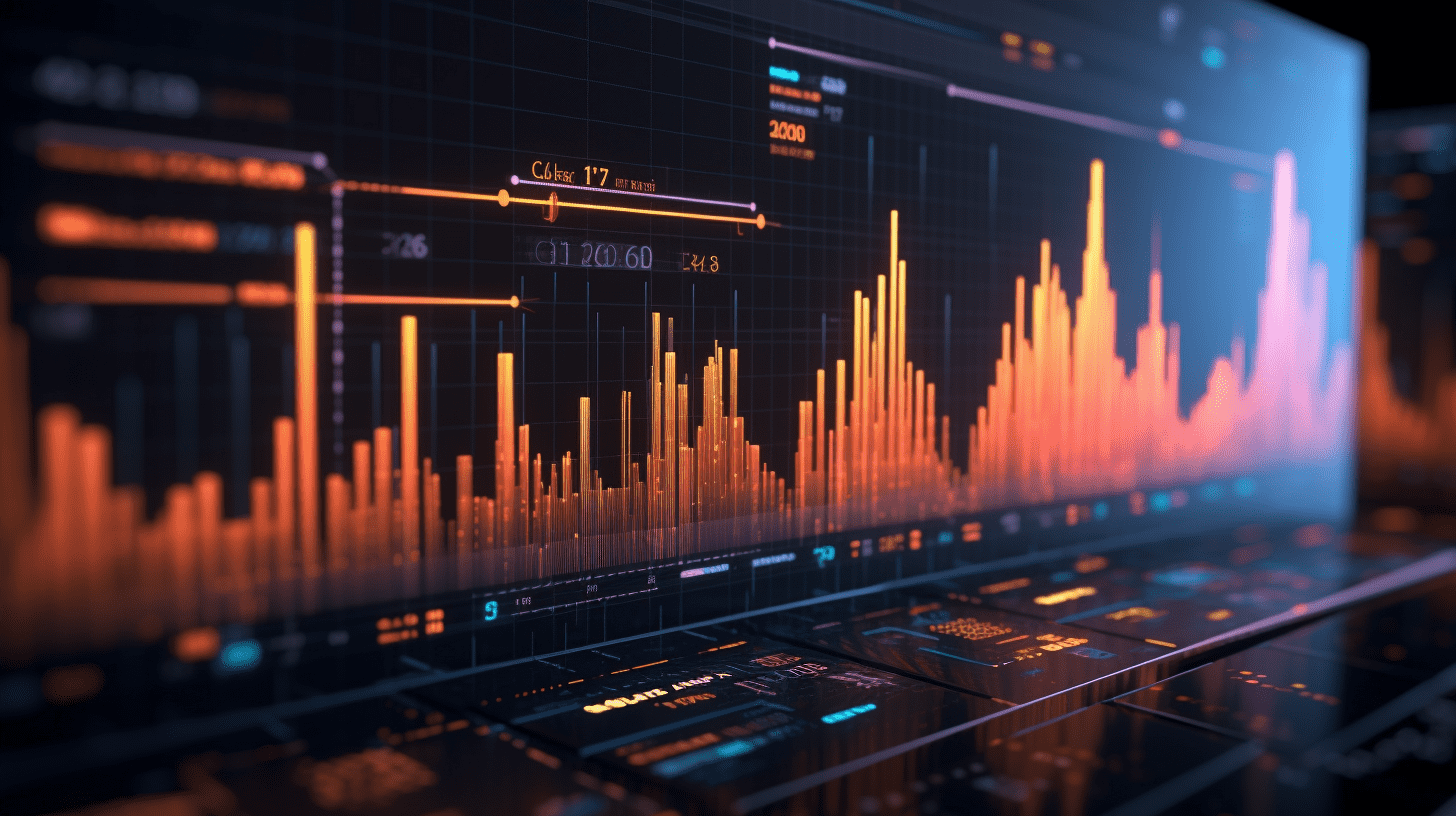US stocks are not afraid of inflation data impact investors bet tariffs effect "lagging and controllable"
New York hedge fund WinShore Capital Partners trader Gang Hu pointed out that, even if inflation data performs poorly, the stock market is still expected to maintain an upward trend.
Ahead of the release of the US Consumer Price Index (CPI) for May this week, some investors are reassessing the true impact path of tariffs on the market and inflation, forming a different market consensus than before. Gang Hu, a trader at the New York hedge fund WinShore Capital Partners, pointed out that even if inflation data is poor, the stock market is still expected to maintain an upward trend, as tariffs' impact on prices is being seen by the market as "lagging but predictable."
This is in stark contrast to the widespread pessimism in the market in early April. Back then, the S&P 500 index, the Dow Jones Industrial Average, and the Nasdaq Composite Index all plummeted quickly after Trump imposed 10% tariffs on imports from most countries, hitting 52-week lows. However, Hu believes that the market has gradually digested the short-term impact of such trade policies and instead sees the trading space brought about by "delayed pricing."
Hu pointed out that based on interviews with businesses in the Federal Reserve's "Beige Book" released last week, many companies plan to pass on tariff-related costs to end prices starting in August, meaning the peak in core CPI may also occur in August. He estimates that the monthly increase in core CPI could rise from 0.2% in April to over 0.4% in August, then decrease to below 0.2% in November and December, and rise again to around 0.3% in March of next year.
However, Hu emphasized that these forecasted numbers are only surface-level, and "in reality, the market and the Federal Reserve are just as puzzled." He added that the market is currently not pricing in the potential rapid emergence of a "wage-inflation spiral" or potential economic recession, both of which could quickly change the market trajectory if they materialize.
Despite concerns about the sharp increase in US jobless claims and unexpected contraction in service activity last week, the US economy has not entered a recession as pessimistically expected. Against this backdrop of no "hard landing," the US stock market has been stable, with all three major indices rising on Monday. The S&P 500 and the Nasdaq indices even reached new highs since February, closing at 6005.88 and 19591.24 points respectively, although there are still doubts in the market about the inflation that tariffs may trigger.
Barclays bank analysts warned on Monday that a phenomenon of "stagflation" is reemerging in the data, and the upcoming inflation data this week may clearly show the price pressure caused by tariffs. However, despite the intertwining signs of economic slowdown and rising prices, yields on US treasuries from one year to thirty years have simultaneously decreased. The latest survey from the New York Fed shows that consumer expectations for future inflation in May have generally fallen.
Hu's judgment on inflation has always been relatively accurate. As early as July 2022, he pointed out that "inflation will be more lasting than the market expects," a prediction that was later confirmed. In February 2023, he predicted that inflation would have to last for at least a year before the Fed would consider cutting rates, and indeed, after raising rates to 5.25%-5.5% in July of that year, the Fed held steady until finally starting to cut rates in September 2024.
To him, tariffs are a "double-edged sword": they could either trigger prolonged inflation, leading the Fed to maintain high rates, or drag down economic growth and cause a recession, bringing about extreme uncertainty in policy pathways. He pointed out that the market volatility seen this year reflects the possibility of such extreme scenarios. The S&P 500 and Nasdaq indices reached year-to-date highs of 6144.15 and 20056.25 points in February, but less than two months later, they fell to 4982.77 and 15267.91 points on April 8, only to rebound quickly to highs since February this week.
"In the current environment of uncertainty, the market can still operate relatively stable," Hu said. "Expectations for interest rates may be too high or too low, the rate cut in 2025 could be zero or 100 basis points, with significant intraday price fluctuations, rapid fluctuations in asset prices up and down, but overall still operating within a range. The real key question is whether the initial inflation shock will trigger secondary effects, such as the wage-price spiral? By September of this year, we may see clues."
Economists generally expect the US May CPI to be at 2.5% year-on-year, with a monthly core CPI of 0.3%, relatively moderate compared to April data. The Producer Price Index (PPI) will be released on Thursday, with a forecasted increase of 0.2% month-on-month, marking a rebound from the 0.5% decline last month.
Related Articles

The Unraveling of the Trump-Musk Alliance

Insider trading in the US Congress? Members of Congress buying and selling stocks in a big way as Trump announces "equal tariffs"

This year's first rebound! Small business confidence in the United States rebounded in May, with tariffs and tax legislation becoming hidden concerns.
The Unraveling of the Trump-Musk Alliance

Insider trading in the US Congress? Members of Congress buying and selling stocks in a big way as Trump announces "equal tariffs"

This year's first rebound! Small business confidence in the United States rebounded in May, with tariffs and tax legislation becoming hidden concerns.

RECOMMEND





